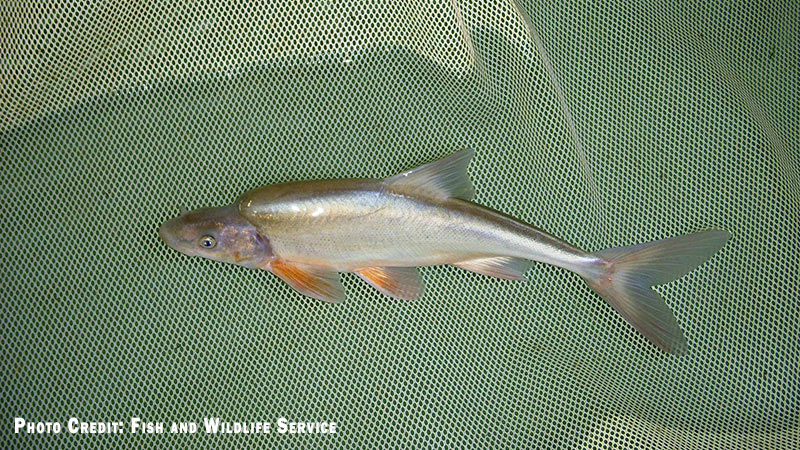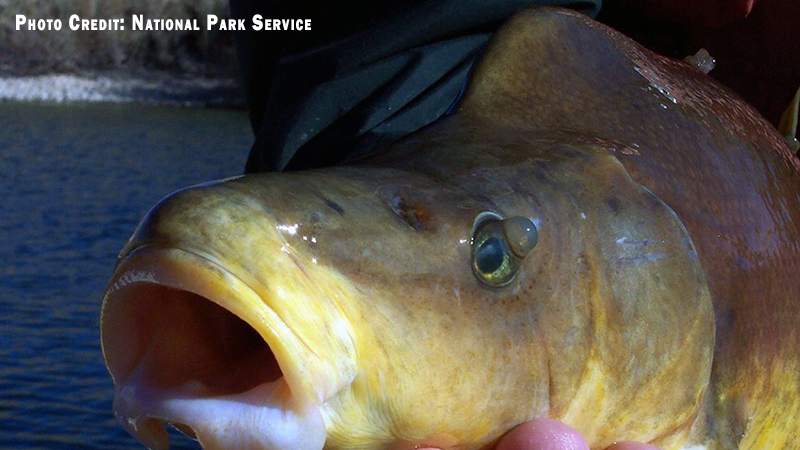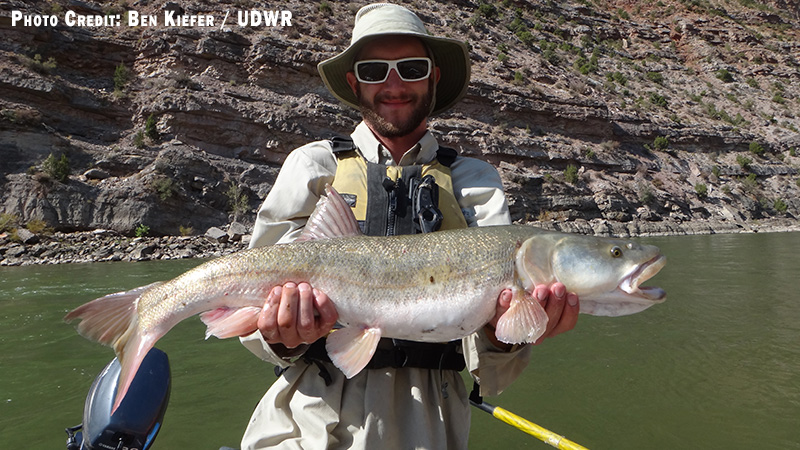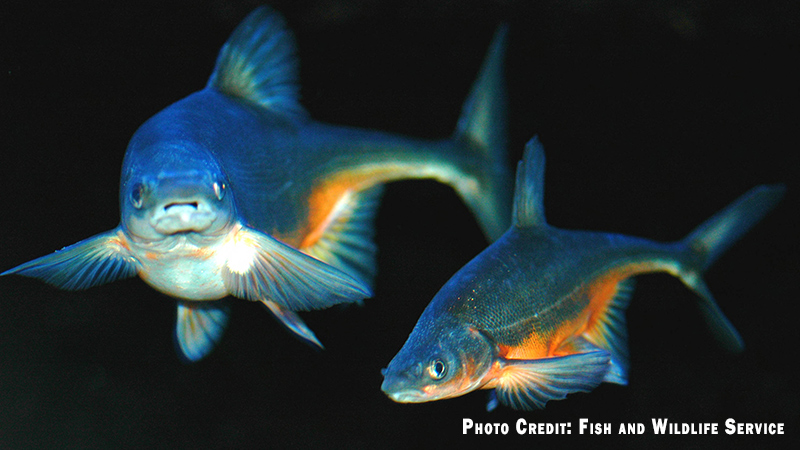July 4, 2019
These ugly fish might be funny-looking at first, but the Colorado River’s four longest living native fish species are also its most endangered.
Hardnosed survivors, they all evolved in the Colorado River between 3-5 millions of years ago and are an integral part of the river ecosystem.
The Colorado River has changed considerably from what it once was: a historically powerful and often unpredictable river. The Colorado River was known for heavy fluctuations in flows that moved large loads of slit throughout the basin, creating the habitat and river conditions in which these prehistoric fish evolved.
Now, dams and diversions regulate streamflows throughout the basin, impacting critical fish habitat, changing river temperatures, and cutting off key migration routes needed for spawning. The heavy development of the river, along with other harmful practices, as well as increasing impacts of climate change, have left these native fish populations extremely vulnerable to the threat of extinction.
Meet the four ugly, endangered fish of the Colorado River
Humpback Chub
Status: Endangered
This goofy looking river-goer might just come in as the ugliest of the bunch with a pronounced fleshy hump for a forehead–its namesake feature. But believe it or not that funky hump above their heads helps them survive. Scientists believe it helps stabilize the fish underneath rapids and in tight canyons too dangerous for many predators, or even fisheries biologist, to reach. You might think of Humpback Chubs as the homebodies of the Colorado River, sticking close to the sections of river that provide them with their highly turbulent hideaways – in part, that’s why they weren’t discovered until 1946. Dams and diversions that eliminate those turbulent safe spaces for the Humpback Chub impact their ability to survive. Additionally, water sent downstream during a dam release is often colder than the natural temperature of the water downstream, especially just below Glen Canyon Dam, where Humpback Chub spawn. Young chubs are often shocked by the colder water as they emerge from their warm water spawning habitat, making them susceptible prey for non-native species, like small mouth bass. As damns and diversions left their habitat diminished and changed the rivers flow forever, the Humpback Chu’s populations dwindled down until they were officially listed with full protection under the ESA in 1973.

Razorback Sucker
Status: Endangered
This bottom feeder prefers the big river habitat of the Colorado River’s main stem and has the body to match. Razorback Suckers can grow up to 3 feet in length, making it one of the largest suckers in North America. The sharp, boney ridge that runs down its back helps act as a keel on a sailboat. Scientists think this is an adaptation that helps it navigate through turbulent waters of the ancient Colorado River to keep it stable in the river’s main stem and larger tributaries. Razorback Suckers preferred to spawn on sandbars and in warmer floodplains. Much of this habitat has been destroyed, as the river and its tributaries have become increasingly channelized and managed for flood control. Young Razorback Suckers are also heavily preyed upon by non-native gamefish, such as walleye, bass, and northern pike, introduced into the system for sportfishing purposes.

Colorado Pikeminnow
Status: Endangered
The Colorado Pikeminnow is the biggest and the baddest of the bunch. No ordinary “minnow,” this prehistoric predator used to be the top dog along the Colorado River system. Growing up to 6 feet in length and 80 pounds, Colorado Pikeminnow like to snack on species like the Humpback Chub and other smaller fish species found throughout the basin. Known as the “white salmon” to some early settlers, Colorado Pikeminnow were famous for their long migrations from the lower basin to upper basin. Those iconic migrations to reach important spawning habitat have now been hampered by development along the Colorado River, with dams impeding passage and augmented streamflows making it almost impossible to navigate the river, making it hard for this endangered fish to find a home when it’s time to spawn.

Bonytail
Status: Endangered
Holding the sad distinction of being one of the most endangered fish in North America, the Bonytail’s path to a comeback has perhaps been the most challenging. Bonytail are also big, old fish, known to grow up to two feet in length and to survive up to 30 years of age. Their name originates from their distinctive thin, bony tail and tapers down dramatically form their larger body. After their populations dwindled to just a few dozen fish in the late 20th century, their chances of survival were as ugly as it gets. Thankfully, hatchery programs have helped boost their population. Because their populations were so low, and sightings so scarce, relatively little is known about the natural habitat and behaviors of these fish in the wild. Therefore, even though its bright colors at breeding time might make it the most beautiful of the above species, the Bonytail’s risk of extinction cements its situation as the ugliest of our four endangered fish.

The Future of the Four Ugly Endangered Fish of the Colorado River
These four loveable, ugly endangered fish have been vital part of the Colorado River ecosystem for millions of years. From its historic, top-line predator the Colorado Pikeminnow to its big-bodied bottom-feeder the Razorback Sucker, these fish are as much a part of the Colorado River as the Grand Canyon or the high Rocky Mountain headwaters.
While they have faced great threats to their survival, each of these fish species have persisted, and, with a little bit of help and some water-smart strategies, these endangered fish may one day thrive again.
WRA has worked in collaboration with the Upper Colorado River Endangered Fish Recovery Program on initiatives to help these species regain their foothold on the Colorado River, and climb their way back to healthy population numbers. WRA is working to keep more water in our rivers and lakes throughout the Colorado River system in part to help these fish have the water they need to survive and make sure it is there at the times they need it most. Learn more about our work to help ensure healthy river and lakes around the West here.


